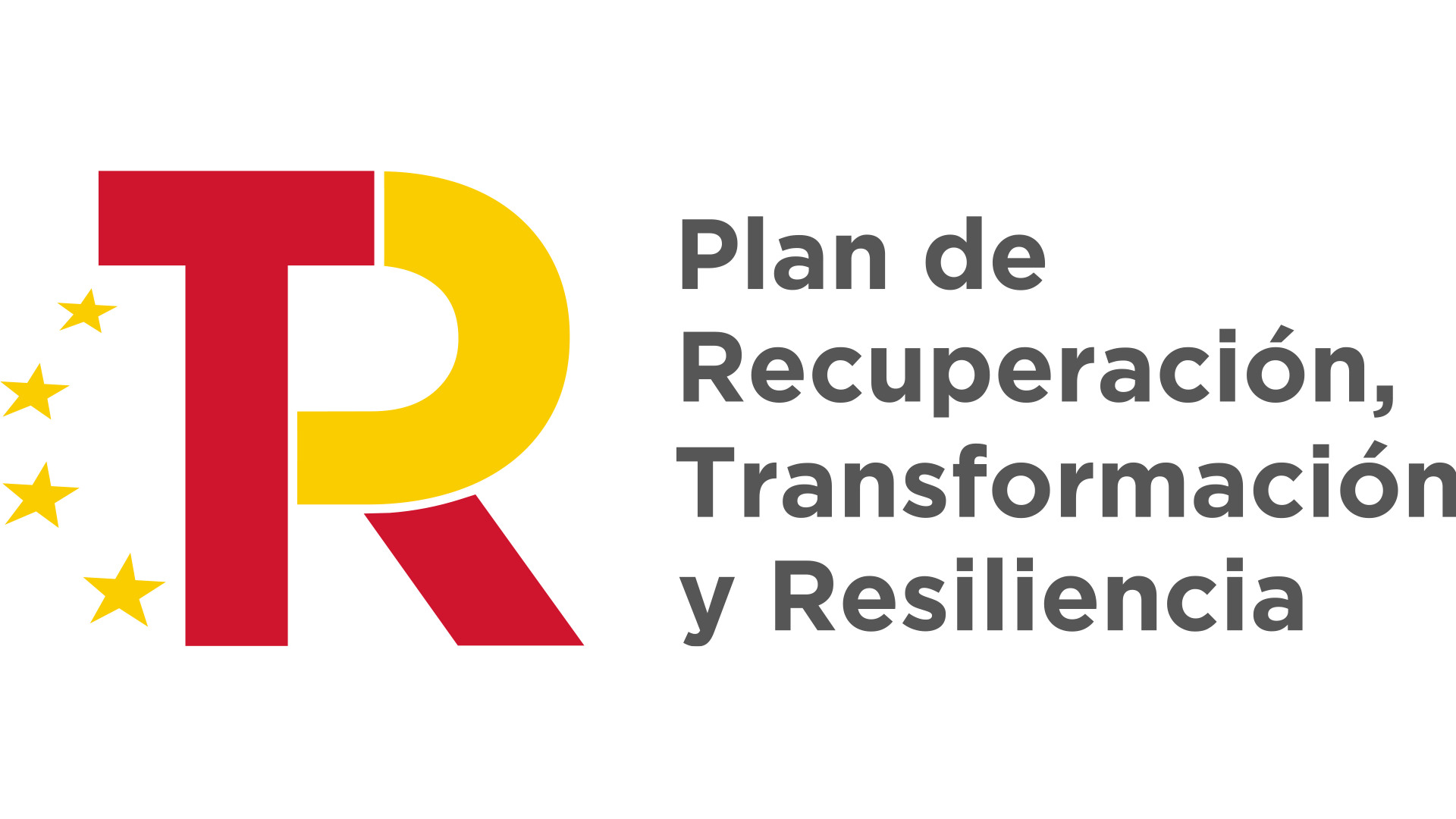Photocatalysis for water purification and clean energy generation
In previous articles we talked about the power of photocatalysis to clean the air of pollutants. In this post we delve into two of its other benefits: a method for generating clean energy and the power of photocatalysis to purify water.
Clean energy
Clean energies are those that are generated through natural resources such as water, wind and sunlight. They use these sources to generate fuels that do not harm the environment.
This type of energy has no harmful effects on the environment or the planet. They do not pollute as do conventional energy sources that emit harmful substances such as carbon dioxide (CO2) and other gases that cause the greenhouse effect and climate change.
A commitment to clean energy is necessary to ensure the sustainability of planet Earth and improve the quality of life of its inhabitants.
Clean air reduces the health problems caused by pollution: allergies, cardiovascular and respiratory problems…
Benefits of clean energy
There are many advantages and benefits to be obtained with the generation and use of clean energies. Below we highlight the most important ones.
Clean energies do not pollute
Unlike conventional energy sources (fossil fuels and nuclear fuels) and renewable energy sources, clean energies do not pollute. This is because in their generation and exploitation no polluting gases, which cause the greenhouse effect and climate change, are emitted into the atmosphere.
It should be clarified that clean energies are also renewable, because they are obtained from inexhaustible natural resources, but as we have said, unlike the so-called renewable energies, clean energies are not polluting.
They are inexhaustible
Conventional fuels such as gas, oil, biomass… are found in limited quantities on our planet. Therefore, relying solely on these conventional energy sources is dangerous. On the one hand, as we have pointed out, because they cause pollution, and on the other hand, because of the risk of their disappearance.
In order to ensure a clean future with unlimited sources of energy, it is necessary to reconvert our production system and to bet on clean energies.
These non-polluting energies are extracted from unlimited natural sources or with regenerative capacity. This means that shortages are no longer a problem.
With clean energies, the energy supply is always guaranteed.
They are not dangerous
Clean energies are safe because they do not generate polluting waste, as is the case with other conventional energy sources, such as those obtained from nuclear fuels.
There is no need to guard the facilities or worry about destroying the waste. Therefore, their operating cost is reduced. In this sense, they are cheaper than some of the polluting energies.
Once a nuclear power plant has been operated, the facilities must be maintained and cared for so that there is no risk to health. In addition, the waste requires costly and arduous handling and monitoring until it is no longer harmful.
Do not generate dependence
When a country or region has no conventional energy resources. That is, it has no reserves of oil, gas or fossil fuels, its degree of energy dependence is very high. This limits its capacity for economic development.
Clean energy solves this problem. By extracting from natural sources such as water, air or sunlight, the possibility of managing these sources is democratized and becomes possible anywhere on the planet.
Countries and territories become energy independent when they opt for clean energy. This makes their development and economic growth more accessible.
The generation of clean energies from the territory itself also generates wealth, since it becomes a source of constant employment.
Most common clean energy sources
Having seen the great benefits of clean energy, it is time to mention the most common clean energy sources.
Wind
It is the one obtained from the wind.
Solar
This type includes photovoltaic, which transforms sunlight into clean energy, and solar thermal, which generates energy from the sun’s heat.
Hydro or hydroelectric
It is the one that obtains clean energy from the water of rivers and their currents.
Tidal
As the previous one, its natural resource is water, but in this type of energy, tides are used.
Geothermal
In this case it is the heat from the interior of our planet that is used as a source of energy.
Biomass
It is extracted from organic matter as biogas.
Green hydrogen
It is obtained by chemical electrolysis processes that separate hydrogen from oxygen, present in water (H2O) without contaminating it.
Photocatalysis as a clean energy source
Research in the field of photocatalysis has uncovered the potential of this chemical process in the development of new sources of clean energy.
As explained in the previous article: “What is photocatalysis”, this chemical process uses sunlight to, thanks to the presence of a photocatalyst, break down chemical compounds present in the environment and convert them into simpler substances.
As pointed out in the White Paper on Photocatalysis, prepared by the Iberian Photocatalysis Association, this chemical process not only makes it possible to easily clean the environment of pollutants, but also “to obtain sustainable fuels from renewable raw materials (CO2, water, biomass) and solar energy, but also to store the latter in the form of chemical energy. In other words, photocatalysis offers a way to develop artificial photosynthesis”.
Just as plants, through photosynthesis, obtain the nutrients they need to carry out their vital functions, photocatalysis produces clean fuels that generate energy for the planet. An energy obtained from unlimited sources and whose generation is non-polluting.
Obtaining green hydrogen by photocatalysis
An example of how photocatalysis can generate clean fuels can be found in its ability to break down water molecules into hydrogen and oxygen atoms, giving rise to so-called green hydrogen.
Thanks to the presence of photocatalysts introduced in water, when these elements receive sunlight, they are activated, accelerating the reaction and oxidation processes and generating biofuels, while removing pollutants from the water.
Several studies are delving into the ability of certain inorganic compounds such as titanium oxides, metal sulfides, silicon oxide, manganese oxides, to be used as photocatalysts and decompose water molecules, generating green hydrogen, through sunlight.
Scientists point to this clean fuel as one of the clean energies of the future that will guarantee the planet’s energy supply without generating pollution.
The Spanish National Research Council ( CSIC) highlights the benefits of obtaining green hydrogen through photocatalytic processes. In these processes hydrogen is not obtained from natural gas, so it is not a polluting technique.
Moreover, with the green hydrogen obtained by photocatalysis, this element can be stored, transported or saved. This allows it to be used in the manufacture of fuel cells that can be used in fully sustainable hydrogen cars.
Photocatalysis for water purification
The introduction of photocatalysts in water not only allows the generation of green hydrogen. These compounds also enable: “the purification or detoxification of water for subsequent biological treatment, decolorization of effluents, water purification, etc.”, as indicated in the White Paper on Photocatalysis.
As an example, the applications of heterogeneous photocatalysis, which is already used to eliminate pollutants from wastewater, stand out. With this chemical process, the photocatalyst, in the presence of sunlight, reacts generating the degradation and mineralization of the pollutants present in the water.
Considering the fundamental role of water for life, photocatalysis to purify water becomes a fundamental element that will increase the planet’s drinking water reserves.
A sustainable future
Conventional energy sources are beginning to show signs of depletion. Two examples are oil and natural gas. Both are at serious risk of disappearing. Studies estimate that black gold will disappear in the next 50 years. While natural gas will disappear in about 80 years.
Faced with these prospects, governments, organizations, industries, companies and households must commit to the use of clean energies. Among them, photocatalysis is one of the most promising solutions.
Photocatalytic materials not only remove pollutants from the environment, but also photocatalysis to purify water is a breakthrough in bringing drinking water to all parts of the world.
From Albergrass we want to join this clean energy revolution.
At Albergrass we are committed to photocatalysis as a clean energy source and as a sustainable solution to clean up the environment.
With this objective in mind, we have launched Atmös. A solution that is applied on artificial turf, turning it into photocatalytic turf. This improves air quality, disinfects and reduces pollution and contamination.
If you want to know more about photocatalytic artificial turf, don’t hesitate to contact our experts.



















